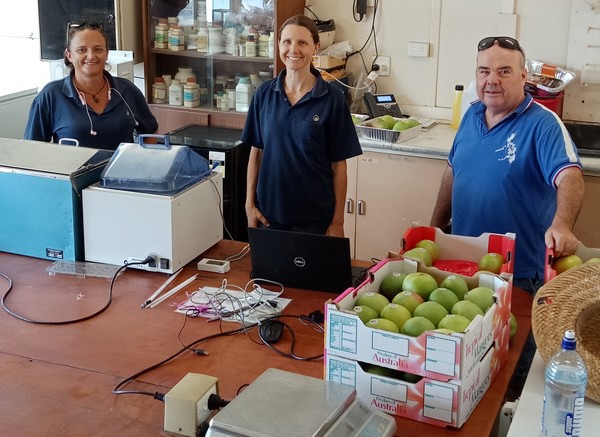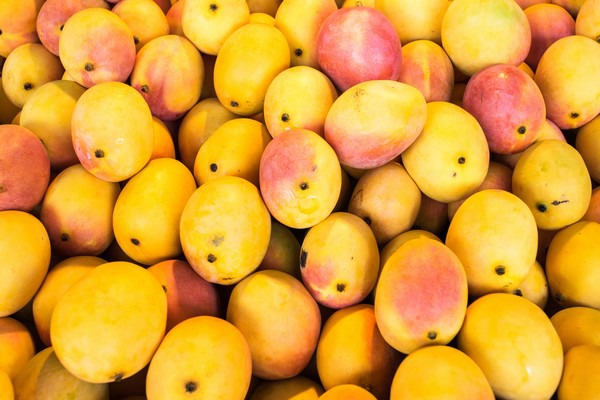Researchers have discovered how to advance mango trade in Australia by using hot water treatment to meet market entry protocols for fruit fly disinfestation in Australian mangoes.

Heat treatment is the internationally accepted protocol for market access, currently applied through vapour heat technology. The vapour heat treatment of mangoes is the industry standard for markets with access protocols.
An alternate mango export preparation process using a hot water treatment method has been proven to be inexpensive and more efficient. Initial hot water studies, undertaken over a decade ago, revealed the rapid transfer of heat during the process typically led to scalding and other heat related injuries on the skin of the mango.
Peter Johnson is an experienced horticulturalist and an adjunct industry fellow with Griffith University’s Griffith Asia Institute (GAI).
Peter developed the research experiment design in collaboration with researchers from the Department of Primary Industries and Regional Development (DPRID).
Two years of trials were undertaken at DPIRD’s Frank Wise Agricultural Research Institute in Kununurra, Western Australia. The study, conducted on the exported mango R2E2 and a new mango variety NMBP-4069, found the fruit responded well to hot water treatment when preconditioned at ambient shed temperatures.
“The trials examined two preconditioning treatments of 6 and 24 hours, followed by hot water treatment at the protocol standards. NMBP-4069 proved to be the more versatile variety, but R2E2 also performed well under certain conditions. The high ambient temperatures in Kununurra during fruit development are likely to be a contributing factor,” Johnson said.

The study was part of a larger project led by Associate Professor Robin Roberts, from the Griffith Asia Institute and funded by the Australian Centre for International Agricultural Research (ACIAR), which aimed to improve smallholder farmer incomes by increasing the competitiveness of selected mango value chains in Southern Vietnam.
“The outcomes of this study could generate far reaching benefits, not only to the Australian mango industry but to our neighbouring developing countries seeking to enhance their local export trade opportunities,” Prof. Roberts said.
“This comparatively simple treatment makes disinfestation accessible to mango growers in countries that cannot afford the vapour heat treatment method, which could help improve fruit quality and profitability. It will also assist mango growers to satisfy increasingly discerning phytosanitary requirements, enabling exporters to target premium markets, like China, Korea, Japan.”
The Griffith University agribusiness research team are preparing to publish the experimental method, key results, and findings in a scientific publication to validate the study.
For more Information:
Shannon Stone
Griffith Agribusiness Project
Email: shannon.stone@griffith.edu.au
www.vietnammangonet.org
